The Archive & Technology Forum at TechFest was a sobering experience for the audience, with panellists reporting an acceleration in the deterioration of tape formats, at a time when legacy content is becoming an increasingly important revenue stream
HEIDI SHAKESPEARE What we’re seeing from our clients is a huge acceleration in the realisation that the content they have sitting in their archive is hugely at risk.
There have been conversations for many years about the obsolescence of tape and what we’ve seen, particularly in the past 12 to 18 months, is a significant acceleration in deterioration, particularly in what were considered the most stable formats, like BetaCam. So we’ve also seen huge interest from clients in getting their content off tape.
In the next 18 months, we expect to be digitising the equivalent of what we’ve done in the past 20 years. But the obsolescence of the machine is becoming a huge challenge – and not just the machines, but the tape heads.
A letter recently went out from the only supplier of refurbished heads saying, ‘This is the last order. If you want to order more heads, we’re doing one last run and then we’re going to cease providing this service’. This essentially means that if there isn’t a new company prepared to provide the same service, the head hours available today are all there’s going to be.
CAROLINE APICHELLA It’s been a busy time for archive films. When the pandemic happened, we couldn’t go out on location to film and had to focus on what we could do instead. Wonderfully for me and other people who love archive, that meant we could refocus on historical, archive-led film.
What’s really great about this job is that it can take you to different archives all over the place. There’s one I really like called The People’s Archive. It’s a Welsh archive where people send in things they might have found in their grandparents’ attic. I used it for a film for Channel 5 about the great snowstorm of 1984.
“In the past couple of years, budgets have been really squeezed, which makes it difficult to get the best quality material”
Caroline Apichella
It’s difficult when you only have a small budget, which is often the case, and not enough time. If I had more time and a larger budget, I could go and find that lovely man who filmed his home town in the 1980s when it was snowing and get his original material rescanned to a high quality. But it’s not always possible.
In the past couple of years, budgets have been really squeezed, which makes it difficult to get the best quality material. Schedules are also really short.
HS Where the archive was always seen as a cost on the P&L, now it’s seen as a revenue stream. That has really impacted the view around archives, particularly with the explosion in FAST channels. Every channel now has its own app, which requires 24/7 content. So it is cheaper at times to go back into the archive and take existing content and bring it back to life.
Then you’ve got people like my daughter who thinks she’s discovered Friends. Old content is becoming new again because you have a whole new set of eyes coming through.
We use a lot of automation to try to cope with all the demand for digitisation. We use robotics to allow us to get that throughput, which means we can leave our facilities running 24-seven with minimal staff.
But there are a number of bottlenecks – picking and pulling 600 tapes a day and then having to get them back. And we have to clean tapes, which wasn’t the case 12 months ago, because we’re seeing such high failure rates. This adds a whole extra step into the workflow.
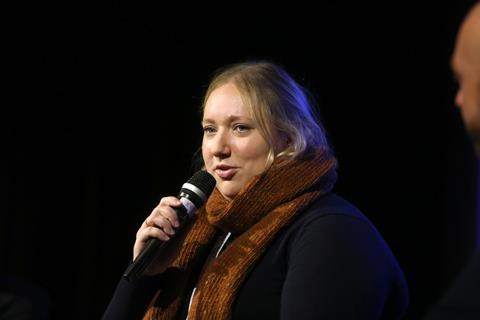
For clients with hundreds of thousands of hours of content, the challenge is knowing where to start. Do I look at the tapes most at risk of obsolescence? Am I looking at the high value content? Do I know what the most high value content is? Is it the existing programming or is it on the B-roll? That is where AI is really going to come into its own.
For archiving, AI is getting there with facial recognition and things, but there are still so many false positives. It’s not reliable, so it’s not replacing people yet.
And it doesn’t have the ability someone like Caroline has to really understand people’s emotional connection with the content.
CA I’m new to getting to grips with AI. A lot of my colleagues are using it, but I’m waiting to see how things develop. However, in terms of searching and research, it’s really exciting.
LTO and hard drives
HS There isn’t anybody I know of, Memnon included, that does mass LTO migration. There are organisations that have LTOs reaching end of life, and they’ve made a decision to adopt a hybrid cloud/LTO solution. So they have to pull all this content back off the LTO tape, which is becoming challenging, particularly for the older LTO formats.
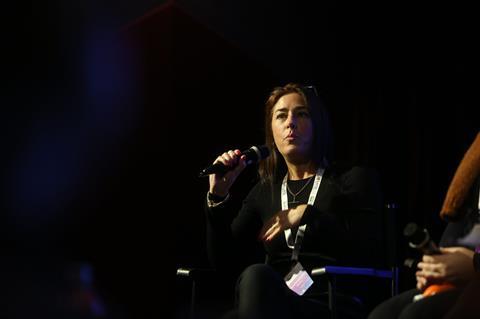
We’re having to scour eBay to try to find old PCs and hope that when we acquire them, they have the old software on them that will allow us to actually access and run whatever the legacy software is we need to access that particular generation of LTO tape.
There are also archives on hard drives. They were just intended to move large files from point A to point B, but through apathy and people being really busy, these hard drives have become an archival format. Trying to find the right power source for a hard drive that’s 10-12 years old can be difficult.
Hard drives regularly come to us with a Post-It note – that’s the grand total of the descriptive data about what is actually on them, so that adds to the challenge too.
Archiving is never one and done. We’re at a stage where we’re taking things off legacy formats, but you still need to be planning for five year’s time – what’s your strategy with regards to your digital content? Are you just going to keep adding everything into the cloud and storing it there in perpetuity? How do you budget for that? What do your egress fees look like? And how secure is it?











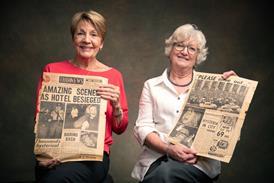


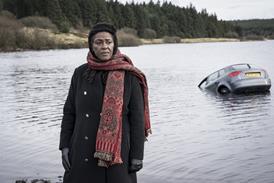











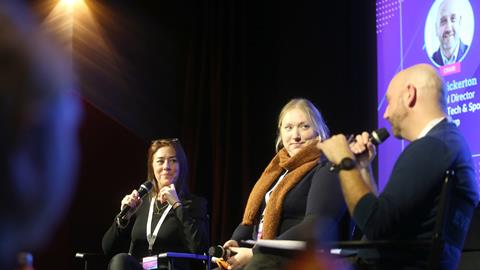






No comments yet